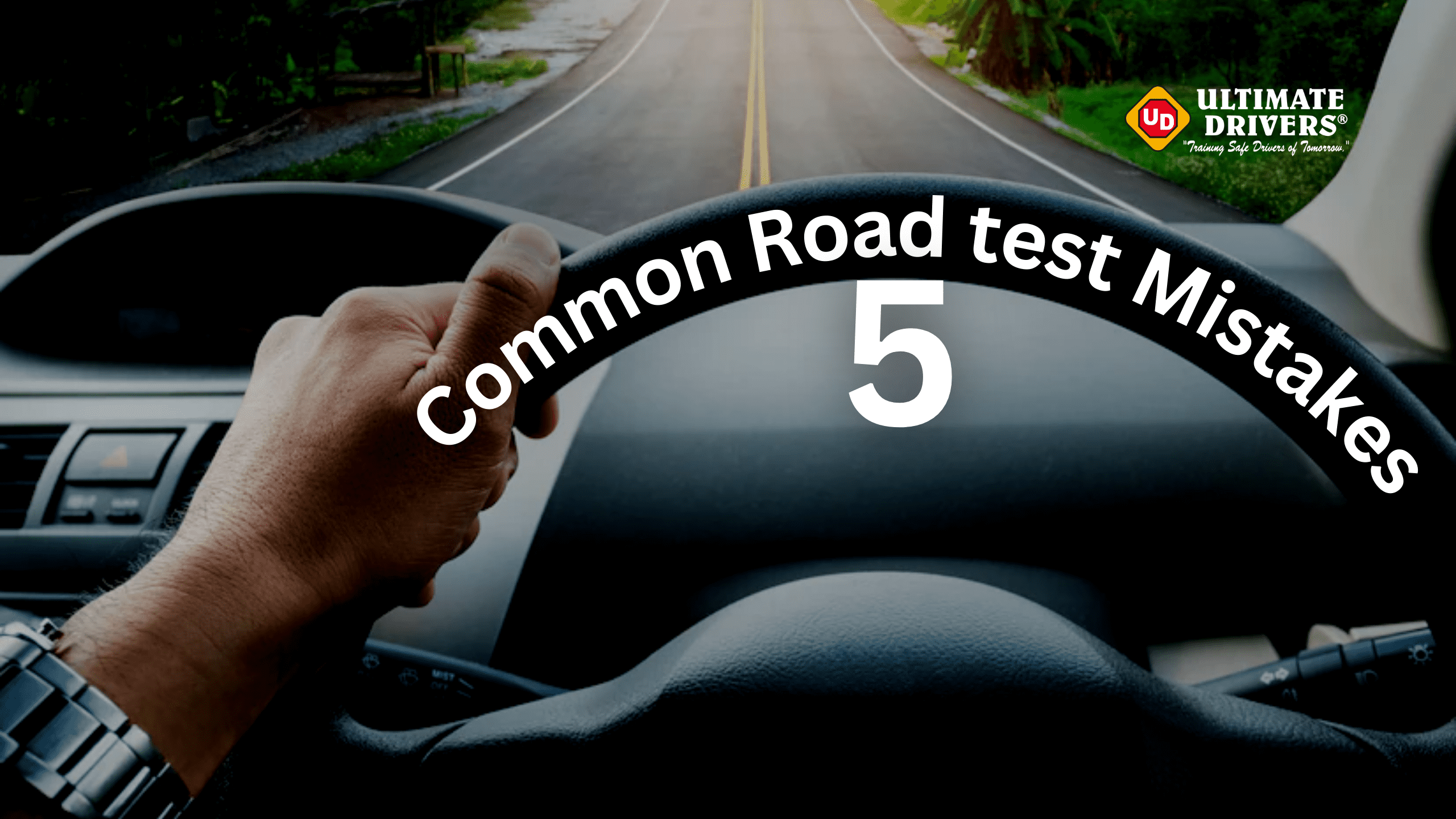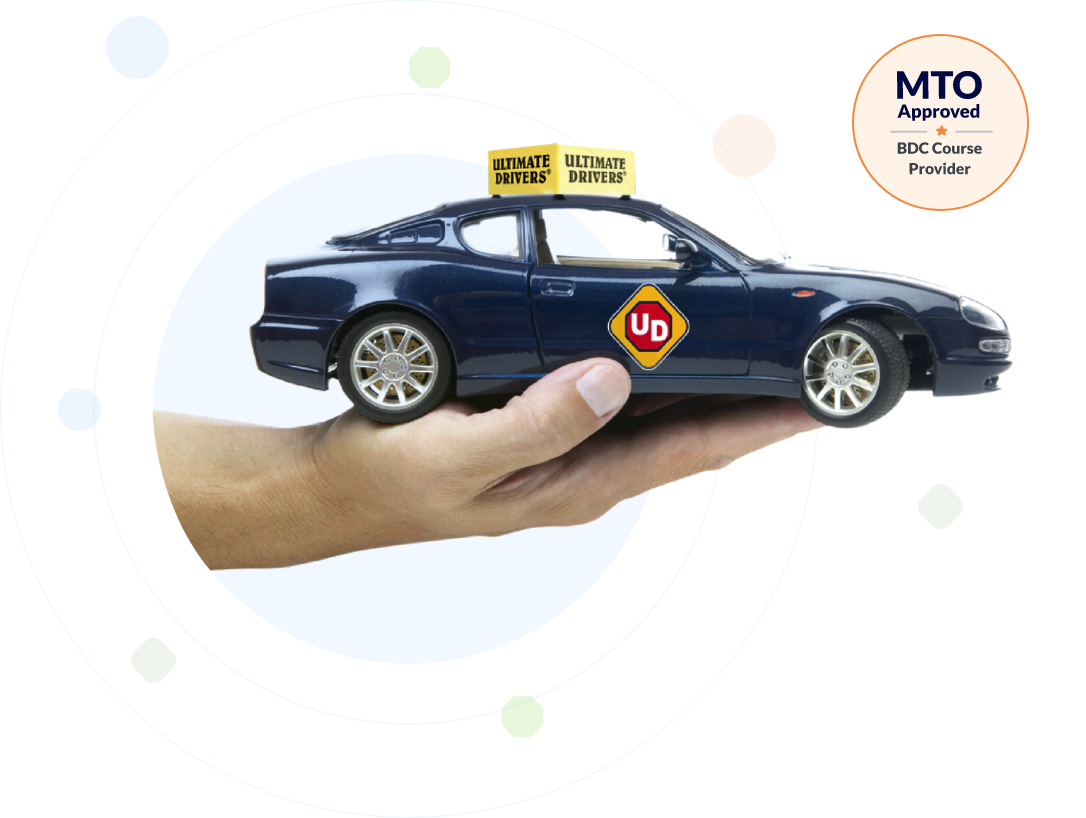3. Merging too quickly or too closely
The examiner will ask you to merge several times during your driving test.
This might occur before a curve, when traveling straight, or when entering a highway (for G road tests).
Without traffic, this maneuver is very simple, but you’ll need to be especially careful if you’re following another car.
Despite seeing your turn signal, some drivers won’t let you merge in front of them, especially during rush hour.
The best course of action in certain situations is to slightly slow down until that car passes, at which point you should merge.
As you might scare approaching traffic or hit a driver in your blind zone, you should also avoid swerving into another lane quickly.
Merging should always be done one wheel at a time, watching the traffic around you.
Additionally, you ought to only merge if there is sufficient distance between you and the cars in front of and behind you.
You can merge safely if there are 2–3 seconds of stopping distance in each way.
After merging, don’t forget to switch off your indicators to avoid confusing traffic around you!
4. Not keeping sufficient distance
At all times, you must keep a safe distance from the cars in front of and behind you.
This is true whether turning, merging, or following (going straight).
You must keep your distance from the flow of traffic for at least 3 to 4 seconds.
This can be verified by picking a location in the distance and timing how many seconds pass between you and the car in front of you.
You’ll eventually stop needing to count since your intuition will become stronger with time.
Be mindful of this when taking the road test because doing either too much braking or following too closely to another car could get you a failing grade!
5. Driving Too Slowly
Nobody anticipates this, but it occurs far too frequently.
Everyone is aware of the severe penalties associated with speeding, but the opposite is also true!
Additionally dangerous on the road are slow drivers who could obstruct traffic and force other motorists to merge in and out around them.
Be sure to obey the posted speed limit and stay within 5 kilometers of it (for example, if the posted speed limit is 60 km/h, you are permitted to go between 55 and 65 km/h).
If the test-taker needs to remind you to move more quickly regularly, you probably failed it.
Drive firmly and pay attention to your speedometer.
The conclusion
Nobody wants to fail their road test the first time, but a lot of new drivers find themselves in this unfortunate situation (based on the stats).
Sometimes, despite your best efforts, you may fail on the road because of the environment or other drivers.
However, you should aim to practice as often as you can while keeping in mind to avert the errors that are most frequently made, which are described above.
You’ll increase your chances of success and avoid having to go through this trying process again if you do this!






